We've been in Waterfall Bay on Vanualava in the Banks Islands for a week attending the Vanualava Cultural Festival. This 6 day festival is an exhibition and celebration of Custom (i.e. Traditional) skills and activities.
There were 5 other boats at the festival, a rather disappointing attendance for the organizers. But there were hundreds of locals come from all over the island.
On the opening day the village children sang the national anthem while the flag was raised. Then there were a series of speeches by the festival committee and other worthies. These were in Bislama (a.k.a. Pidjin English) which is the Vanuatu lingua franca, so we hardly understood a word. Then there was the Custom Dance to welcome a chief which included the clubbing to death of a pig. ("me killim pig")
The rest of the week followed a pattern. We were in the village from 8:30am to around 5pm with a break of a couple of hours for lunch, in which some yachties returned to their boats while others bought lunch in the village. They were well organized with a group of English-speaking locals wearing badges saying "Tour Guide" who were our minders. There were others labeled "Security" who carried our dinghies up and down the beach. There was an "MC" with a loud-hailer ("you me clap clap one time"). We were herded (politely) from activity to activity.
The day started and ended with a Custom Dance. These were performed by men dressed in grass skirts and in some cases headdress. They danced to drums and some had rattles of nut shells tied to their ankles. All the dances were different.
Then there the String Bands. These bands apparently originated when Vanuatu people heard US GIs playing Bluegrass in WWII, when Vanuatu was a major base of the War in the Pacific. They comprise three or four guitars, a ukulele and a string bass made from a tea chest.
Between the dancing and music we had demonstrations of Custom skills. They constructed and launched a dugout canoe in three days. They built a small traditional house. They showed us how to make shell money. They enacted traditional marriage and adoption ceremonies. They made fire with a stick and cooked taro in a pit full of rocks.
On the last day there was the closing ceremony (with another unfortunate pig casualty) and the yachties put on their own musical entertainment. Unfortunately, I've been sick for a couple of days so missed my big chance to play my part in "Row, row, row your boat".
Overall, the festival has been worthwhile. We've got closer to locals than anywhere else and we've seen a lot of their traditional culture. The days were long, hot and tiring, though.
More photos are here.
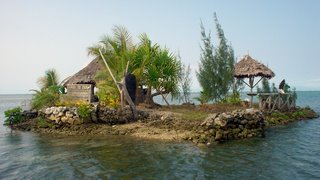 We spent only a few days in Luganville to buy fuel and supplies and then set off south down the leeward (west) coast of Malekula.
We spent only a few days in Luganville to buy fuel and supplies and then set off south down the leeward (west) coast of Malekula.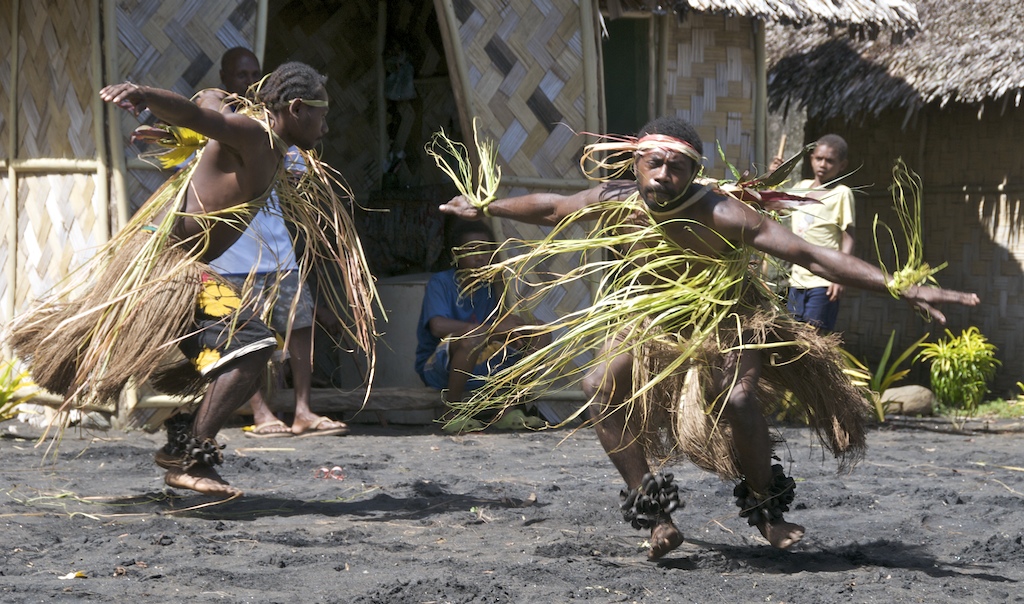
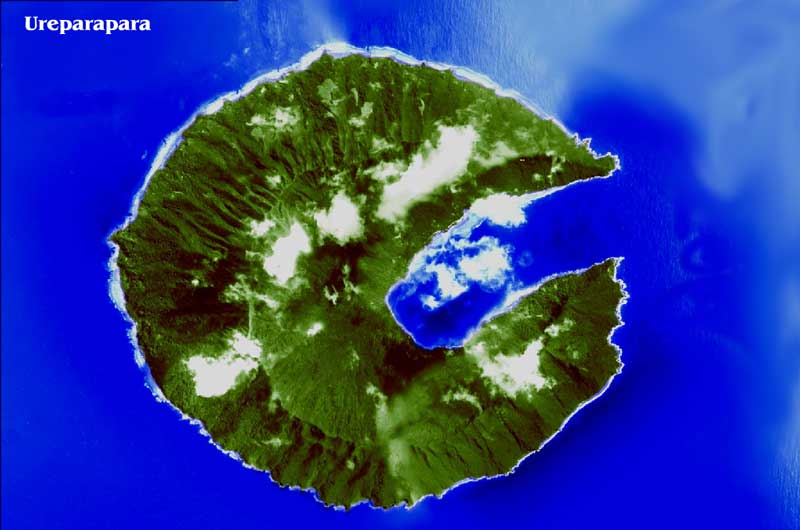
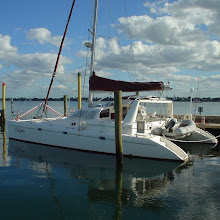
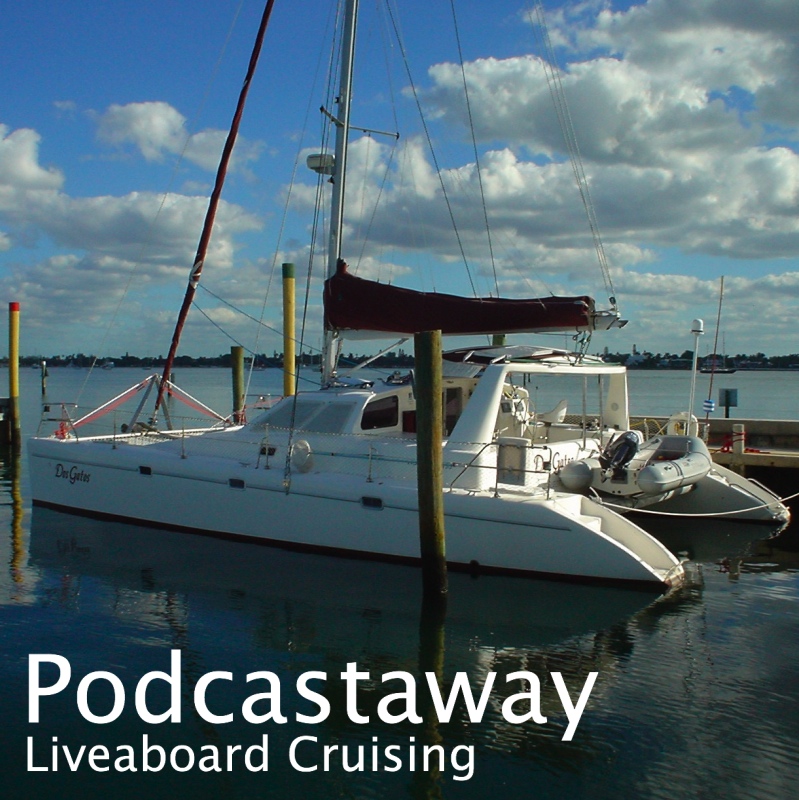
 (Atom)
(Atom)